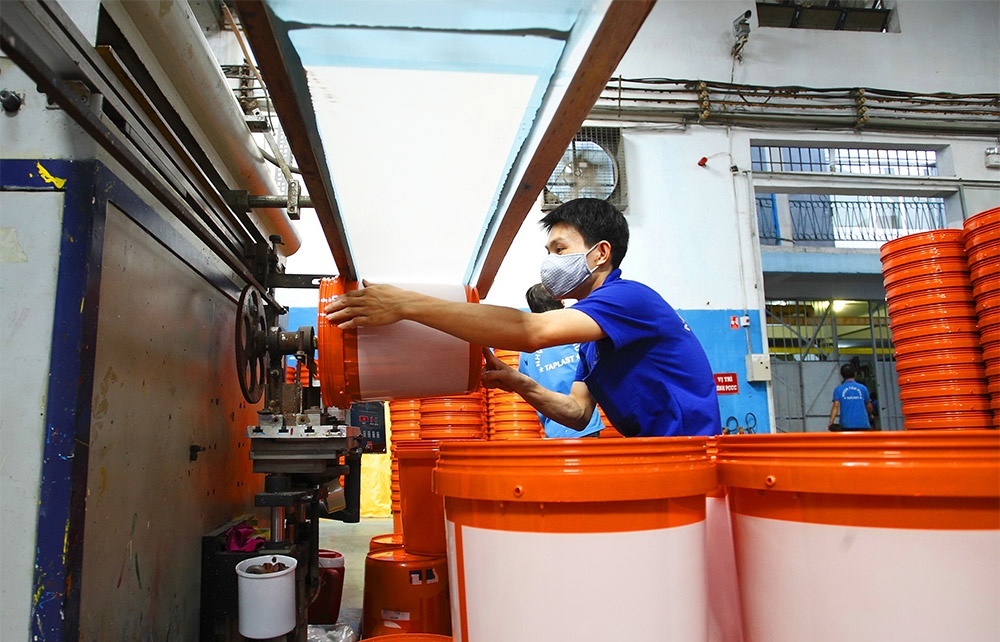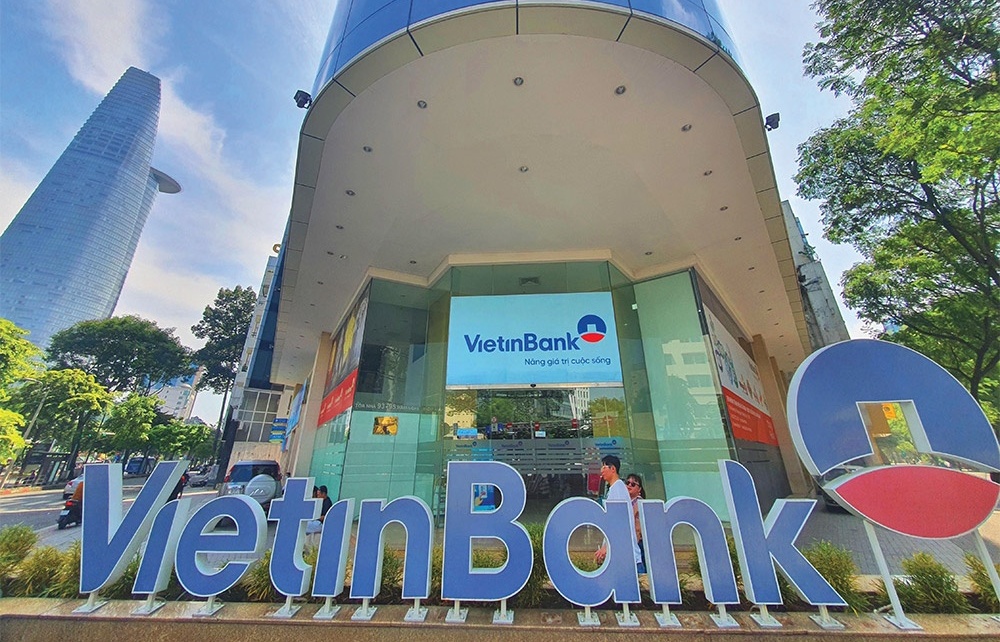WB, IMF warn reforms critical

The World Bank believes improved better private sector confidence is vital for Vietnam to meet this year’s targets
The World Bank’s country director for Vietnam Victoria Kwakwa told VIR the biggest critical risks facing the Vietnamese economy in 2014 included low private sector confidence and sluggish demand, “which is highly susceptible to any further adverse global economic events or negative news with respect to risks in the banking and state-owned enterprise (SOE) sectors.”
“The risks also comprise continued slow reform momentum, putting the gross domestic product (GDP) growth on a lower trajectory and further risking fiscal sustainability,” she said.
In his new year message, Prime Minister Nguyen Tan Dung said the government had targeted a GDP growth rate of 5.8 per cent and inflation rate of 7 per cent in 2014.
According to the World Bank, GDP growth is expected to rise more modestly, to 5.4 per cent, while inflation being kept to 7 per cent.
“But by accelerating reforms in the critical areas of SOEs and the banking sector, and easing the conditions for doing business in Vietnam, the country can certainly attain a growth rate of 6 per cent,” Kwakwa added.
The International Monetary Fund’s (IMF) resident representative for Vietnam Sanjay Kalra also told VIR that weak demand conditions “will likely continue to dampen inflationary pressures, and inflation in 2014 should continue to remain in the single digits. Major structural weaknesses in the banking and SOE sectors are diminishing Vietnam’s growth potential. These reforms are now macro-critical.”
Vietnam currently has more than 3,000 SOEs. Last year the government targeted to equitise 93 SOEs, but only 12 SOEs were equitised.
Meanwhile, in the banking sector, data limitations and challenges in the regulatory and supervisory framework are hampering an understanding of the true state of non-performing loans (NPLs) and capital adequacy, according to the IMF which projects real GDP growth for Vietnam at 5.4 per cent in 2014.
“Without these reforms, growth will continue being held back by low productivity, resource misallocation, impaired bank and corporate balance sheets and inefficiency,” Kalra said.
Tomoyuki Kimura, ADB country director for Vietnam said the government’s GDP and inflation targets for 2014 might be reachable provided that NPLs were improved.
“Implementation of improved loan classifications and provisioning standards would have reduced risks to the banking system and improve investor sentiment,” he said.
ADB forecast that inflation was projected to be 7.2 per cent for 2014 due to monetary easing and increased liquidity. ADB also expected gradual progress in dealing with NPLs to slightly lift growth of 5.5 per cent next year.
In its report on Vietnamese economic outlook for 2014, HSBC forecast that Vietnam’s GDP and inflation rates would rise 5.6 and 7.9 per cent in 2014.
The report said domestic demand would likely stay lacklustre due to the overhang of bad debts over the economy. Without reforms to address its bottlenecks, Vietnam would “continue to perform below potential,” with domestic firms affected by a frozen financial system in an increasingly competitive market.
“Banking sector reforms, infrastructure investment, and supply chain restructuring and human resource development are some of the reforms needed to kick the economy into high gear,” said the report.
What the stars mean:
★ Poor ★ ★ Promising ★★★ Good ★★★★ Very good ★★★★★ Exceptional
Latest News
More News
- Decoding the variables shaping investments in 2025 (December 13, 2024 | 10:53)
- Vietnamese enterprises embrace value creation model (December 13, 2024 | 09:00)
- Happy Vietnam awards honour photo and video artists (December 13, 2024 | 08:54)
- Vietnam unveils 2024 rankings of top employers and value-driven enterprises (December 12, 2024 | 17:00)
- ‘Blockbuster’ Eaton Park sells out just one week after launch (December 12, 2024 | 08:00)
- German businesses remain upbeat about Vietnam (December 11, 2024 | 15:45)
- Tech giants bet big on Vietnam's future (December 10, 2024 | 17:53)
- Forum on green solutions for industrial parks and investment promotion organised in Vinh Phuc (December 09, 2024 | 19:08)
- Vietnam and GGGI launch plan for green growth and climate action (December 08, 2024 | 20:38)
- FTZs to open regional doors for logistics (December 07, 2024 | 10:00)



















 Mobile Version
Mobile Version